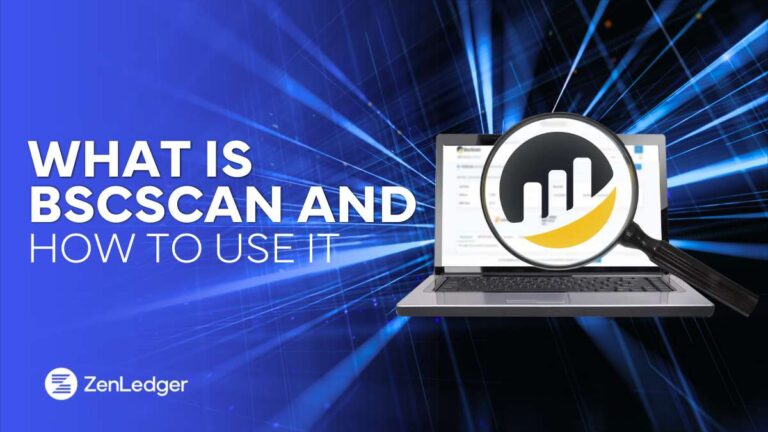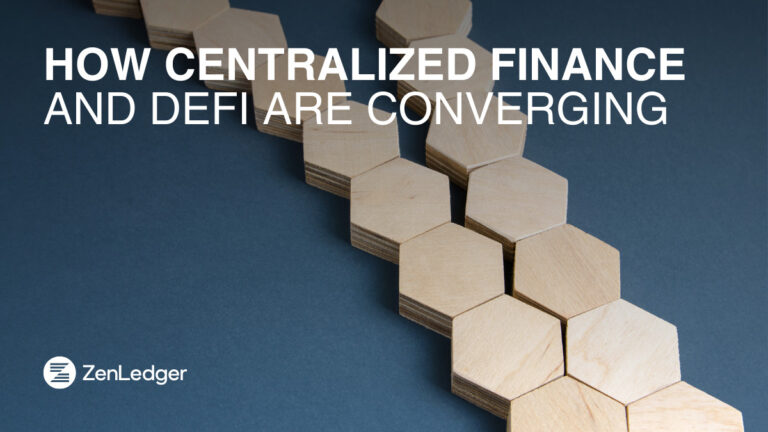Cryptocurrencies have become immensely popular over the past decade with the dramatic rise in the value of Bitcoin. At the same time, blockchain technology has been heralded as transformative for a wide range of industries, ranging from banking to the sharing economy. These two technologies are related, but they’re far from the same.
Let’s take a look at blockchain technology, cryptocurrency and what makes them different from each other.
What is Blockchain?
A blockchain is a series of immutable records, or blocks, that are time stamped and shared across a network. Each new block contains a cryptographic hash of the prior block to form a chain. While the process of verifying a block can be resource intensive, once it’s verified it’s easy for anyone on the network to double-check the accuracy.
There are several unique benefits to this approach:
- Decentralized – There is no core authority that dictates the truth to other participants in a network. Everyone has access to the transaction history and can confirm new transactions.
- Transparent – The blockchain hides a person’s real identity, but anyone can trace every public transaction by a public address (e.g. a public cryptographic key).
- Immutable – Transactions are tamper-proof thanks to the hashing algorithm used to create and verify transactions. There’s little risk of the data integrity being compromised.
- Encrypted – Data is cryptographically stored inside the blockchain, which means that its secure from prying eyes. Only the sender and receiver can read the contents.
The blockchain’s properties make it appealing for many different use cases. While the most popular has been cryptocurrency, the technology is already starting to be put to use in everything from raising capital to governance to file storage — and that’s just scratching the surface of what’s possible with the underlying technology.
In addition to public blockchain applications, private blockchains have the potential to provide value to internal networks. Corporations can use private blockchains to securely store their data across thousands of computers, which could help prevent data loss, simplify audits and convey a wide array of other benefits that conventional technologies lack.
What Is Cryptocurrency?
A cryptocurrency is a digital asset that’s designed to function as a medium of exchange using blockchain technology to securely record transactions. While Bitcoin is the oldest and most popular cryptocurrency, more than 4,000 altcoins have been introduced since its launch in 2009. These cryptocurrencies have experienced varying levels of success.
Cryptocurrency is created by validating transactions on the blockchain, known as proof-of-work mining, which has the side effect of decreasing transaction fees. Some cryptocurrencies use newer proof-of-stake methods that involve users putting up collateral to verify transactions, while others use a combination of the two approaches.
Most people store cryptocurrency in wallets or on exchanges. Wallets store public and private keys or addresses that can be used to send or receive cryptocurrency. The private key makes it possible to write to the public ledger, while the public key is used by others to send funds to the wallet. Exchanges permit users to buy, sell or exchange cryptocurrency and fiat currency.
There are many different use cases for cryptocurrencies. While the original intent was to reduce online transaction fees, the biggest purchasers of cryptocurrency have been investors looking for alternative asset classes and speculators. These dynamics have fueled the rise of Bitcoin, while Ethereum and other altcoins have gained traction over the past several years.
Adoption of New Technologies
Cryptocurrencies have faced many hurdles to widespread adoption. Many institutional investors have questioned the value of cryptocurrencies as an asset, governments have limited their utility as a medium of exchange, activists have been critical of their significant resource usage and many cryptocurrencies have experienced security issues.
Despite these concerns, there’s evidence that things are starting to change. Governments have promised to provide greater clarity to cryptocurrency users and new exchange-traded funds (ETFs) have made it easier for traditional investors to gain exposure to the asset. ZenLedger and other applications also make it easy to remain compliant with authorities.
Blockchain technology has also moved into the mainstream. According to PwC, more than 80 percent of organizations in its 2018 survey of 600 executives from 15 territories indicated they have at least some involvement with the blockchain, such as a proof-of-concept or experiment in the lab, although only about 15 percent of companies had anything live.
The most significant near-term applications could be a combination of the two. For example, JPMorgan Chase announced plans earlier this year to launch its own digital coins, called JPM Coin, that would enable customers to instantly transfer payments over a blockchain network. The goal is to reduce transaction costs while pegging the coins to the U.S. dollar.
In the end, there’s little doubt that these technologies will continue to capture market share given their advantages over the status quo, but the pace of adoption could vary based on the government’s regulatory approach and the emerging ecosystems that develop surrounding them.
The Bottom Line
Both cryptocurrency and blockchain technology have the potential to disrupt the status quo, but they are far from the same thing. Cryptocurrencies are just a single application of blockchain technology, although some would argue that it’s the biggest potential application. One of the biggest hurdles for cryptocurrency adoption remains government regulation.
ZenLedger makes it easier to comply with government regulations in the United States by automating the process of importing transactions across multiple platforms and calculating the cost basis. The capital gain or loss is easily inserted into popular IRS forms, such as Form 1040 Schedule D in order to make tax time a lot easier.
Sign up for ZenLedger to ensure that your cryptocurrency transactions are accurately recorded and reported to the IRS in order to avoid any future tax issues.



